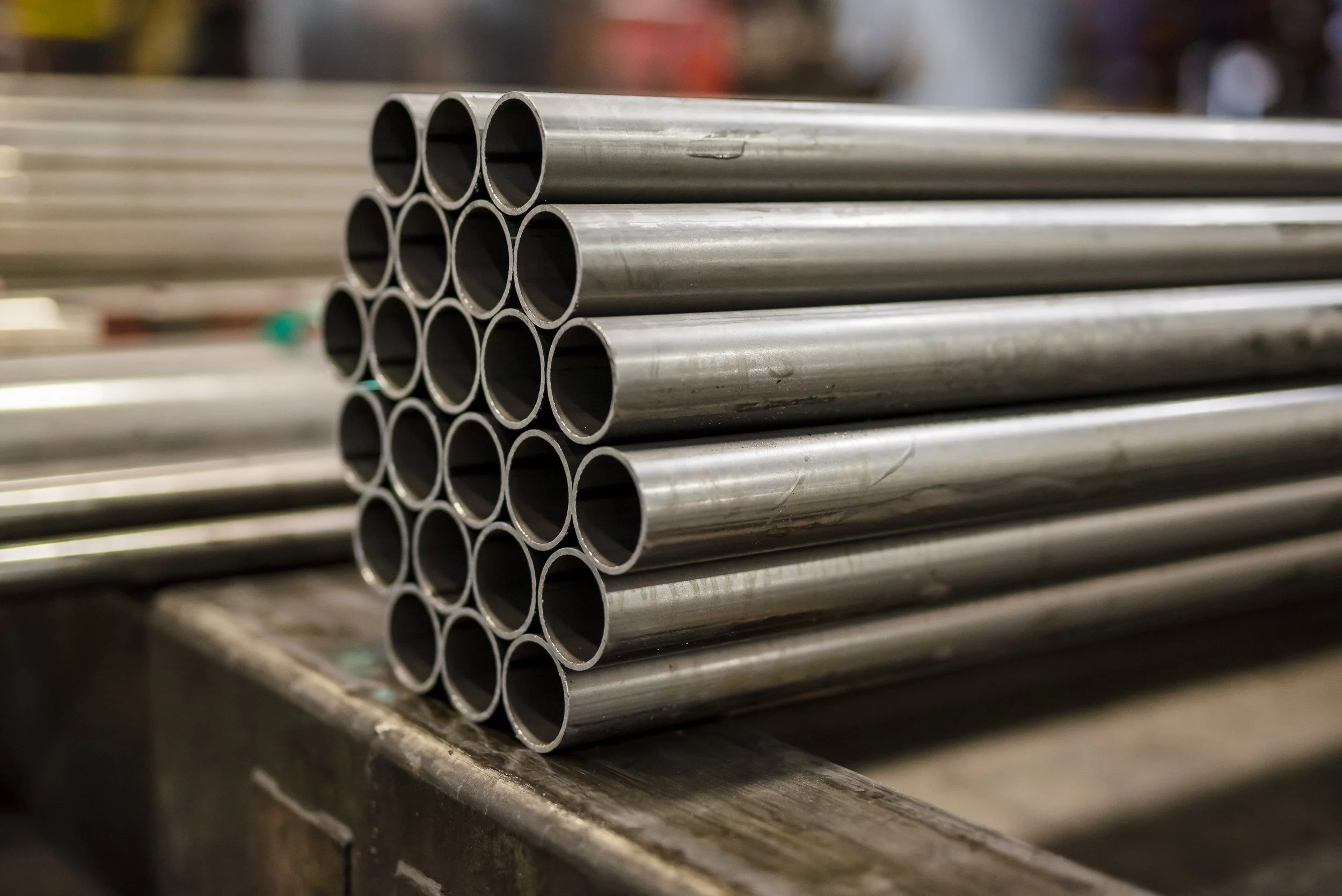WHAT’S UP WITH THE SUPPLY CHAIN? NAVIGATING MATERIAL AVAILABILITY ISSUES
SUPPLY CHAIN ISSUES ARE RAMPANT ACROSS THE COUNTRY, AFFECTING MATERIAL AVAILABILITY AND LEAD TIMES. HERE’S SOME TIPS ON HOW TO MAKE IT WORK FOR YOUR COMPANY.
While it's exciting to see the manufacturing industry bouncing back from the COVID-19 pandemic, the transition is not without challenges. Supply chain issues are rampant across the country, affecting material availability and lead times.
“The biggest challenge is that the mills are over capacity and manufacturing has bounced back so strongly,” said Charlie Lenn, Director of sales and General Manager of Wisconsin Steel & Tube. “So, we see ourselves in this massive shortage where supply is limited to a point that pricing is now at an all-time high; 3 times higher than it was a year ago today.”
This is turning into lead times as far as 40 weeks for some manufacturers, and potentially collaborative compromises in order to keep the industry moving.
PLANNING AHEAD FOR SUPPLY CHAIN ISSUES
At Wisconsin Steel and Tube and WST Fab, the companies face interesting challenges from participating in both sides of the supply chain.
“We’re unique in that we are both a distributor and a manufacturer, so we have a lot of different challenges,” Charlie said. “We’re working hard to provide our service centers with as much forecast as we can. Now we’re trying to get stuff placed for Q4 and early 2022. It really requires all of us to be on our A game.”
The company does stock a lot of high demand items for some of its OEM customers, but Charlie said about 40 to 50 percent of its business is unique orders that come in today to ship out tomorrow.
“We have six saws and three shifts on these,” Charlie said. “We have a list of orders they have to cut every day, and we reserve our second shift for cuts that have to ship the next day. It’s a delicate balance. When things get tight, we have to make difficult decisions and we have to have very open lines of communication with our customers.”
The key to survival in the industry right now? Plan ahead.
NAVIGATING CURRENT SUPPLY CHAIN CHALLENGES
If your company hasn’t done any advanced planning and is trying to spot buy material, you are at the mercy of the demand of the market. In the past, companies had the ability to wait for price drops or to place orders closer to a product deadline - but that’s not something you can do right now.
Companies should plan for extended lead times, consider alternative materials, expect higher costs and in general find a way to collaborate with each other, as everyone is facing these challenges.
“We’ve had to bring back, ‘Quotes are only good for 24-hours,” language because of the shifting markets,” Charlie said. “That has settled down a bit but … we would normally hold prices for a quarter on index agreements, but a lot of the mills we work with can’t guarantee pricing either.”
To that end, transparent and continuous communication is key in the industry. While WST felt many of these pressures early on in the pandemic - not every company did. Now that its more widespread, people are more understanding.
“With our customers the conversations have gotten easier, finally the entire industry has felt it,” Charlie said. “The supply chain is so fragile, a lot of our customers are becoming normalized to disappointment - so when things are late from the mill, we’re communicating as early as possible.
WORKING TOGETHER TO BOUNCE BACK BIG
Despite challenges, WST is positioned to support other manufacturers with unique needs.
‘We still operate a relatively small sales team and purchasing team that is all centralized, so that if a customer needs something - we’re going to do everything in our power to find that for them,” Charlie said. “Whether that means dabbling in import material, if that’s a suitable option for the customer, or spot buying from other service centers we have a relationships with.
Sometimes, he added, there is opportunity to meet size specifications because the company generally commits to a certain number of tons and if the mill hasn’t produced it yet - they can adapt. If a company can also be flexible on receiving some materials by a certain deadline, and the rest later - they can work together on a schedule that meets both sides’ needs.
“Maybe its, ‘Hey, I can get you this percentage of the tons you need and then the rest by this date,’” Charlie said.
The bottom line? Despite the ups and downs in the bounce back, the industry is making its comeback and Wisconsin Steel and Tube and WST Fab are adapting to meet its customers’ needs.

